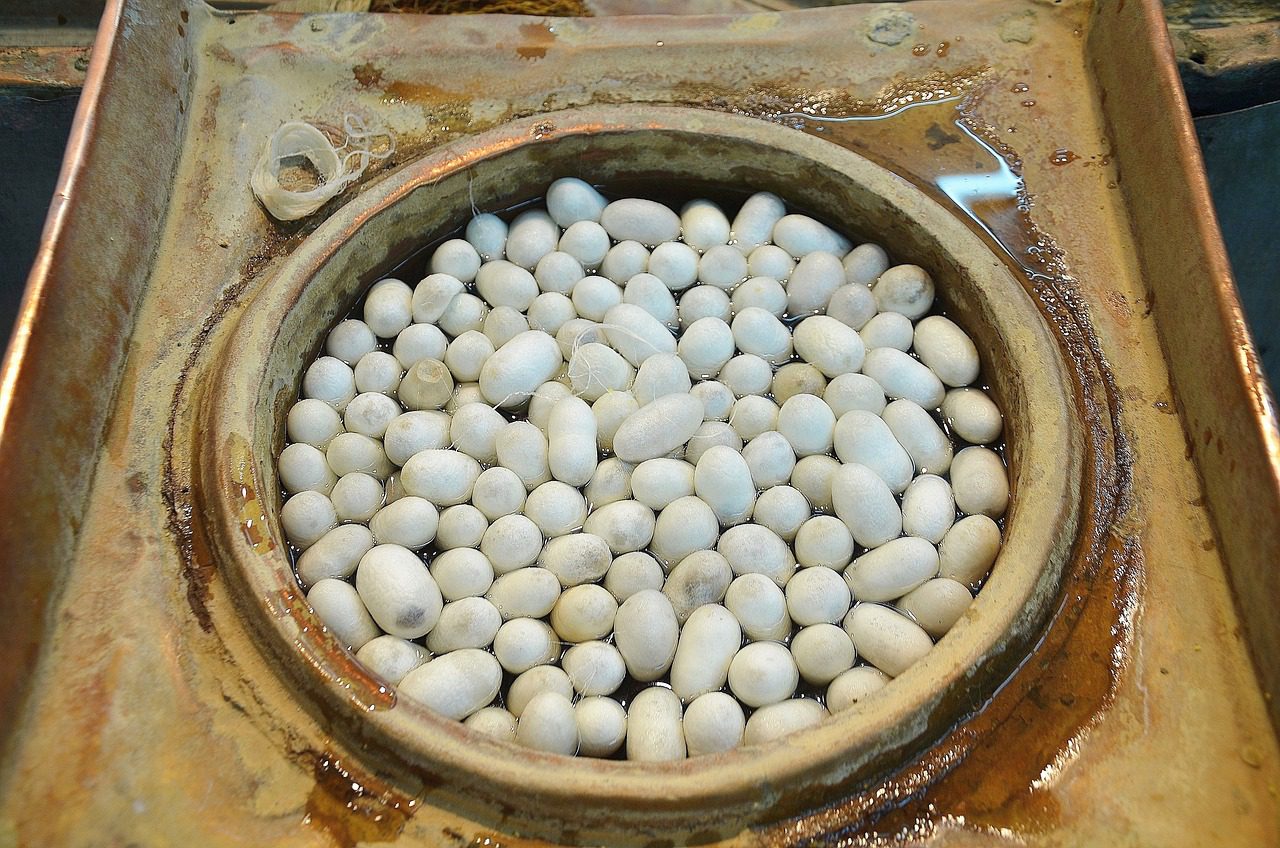In the world of fabrics, silk stands as the representation of luxury, often associated with elegance, softness, and a touch of great wealth. Yet, as we embark on a journey of mindful consumerism and sustainable living, it’s important to look beyond the shimmer and consider the holistic impact of our choices. While silk has its allure, there are valid unpopular reasons why it might not always be the right buy. In this article, we’ll delve into six key factors that shed light on the drawbacks of silk in a conscientious consumer’s world.
1. Environmental Impact
While silk might appear delicate and ethereal, its production can carry a significant environmental footprint. Cultivating mulberry trees, the primary food source for silkworms often involves deforestation. Moreover, the process of extracting silk involves energy-intensive steps, contributing to carbon emissions. In a world striving for sustainable practices, the environmental impact of silk production might not align with eco-conscious values.
2. Ethical Concerns
Silk’s creation involves a process called sericulture, where silkworms are boiled alive within their cocoons to extract the silk threads. This method raises ethical concerns regarding animal welfare and cruelty. For those who prioritize compassion and respect for all living beings, the treatment of silkworms can be a significant deterrent.
3. Delicate Care
Silk’s beauty comes with a cost: delicate care. It’s more susceptible to snags, tears, and color fading compared to more robust fabrics. The need for special care, including gentle washing and avoiding direct sunlight, might not align with the practical demands of a fast-paced, modern lifestyle.
4. Allergy Sensitivity
Silk contains sericin, a protein that can trigger allergic reactions in sensitive individuals. If you have allergies or sensitive skin, the allure of silk might be overshadowed by the potential discomfort it can cause.
5. Price and Accessibility
The luxury associated with silk often comes with a hefty price tag. For budget-conscious consumers, the cost might not be justifiable, especially when more affordable and sustainable alternatives are available.
6. Limited Versatility
Silk’s delicate nature limits its versatility. It might not withstand the rigors of everyday wear or activities that demand sturdier fabrics. This limitation can hinder its functionality and make it less practical for those seeking versatility in their wardrobe.
In a world where values of sustainability, ethical practices, and practicality are taking center stage, silk’s allure might be overshadowed by these six compelling reasons. As conscious consumers, we’re presented with an array of alternative fabrics that offer both style and substance without compromising on our values.
When making purchasing decisions, it’s crucial to consider the holistic impact of our choices on the environment, animals, and our own lifestyles. As we embrace fabrics that align with ethical considerations, sustainability goals, and modern demands, we contribute to a world where fashion isn’t just about appearance—it’s about making a positive impact. Perhaps you haven’t heard about some other fabrics that are making an entrance like Cupro.

Leave a Reply